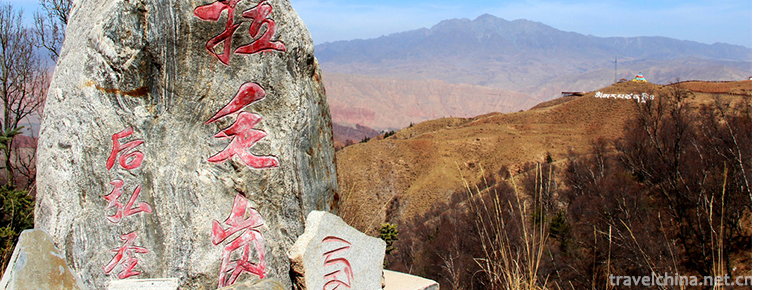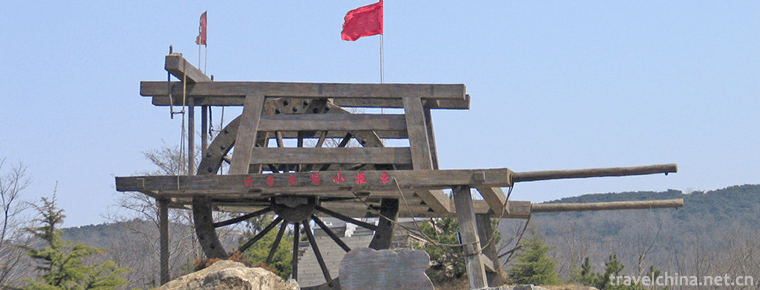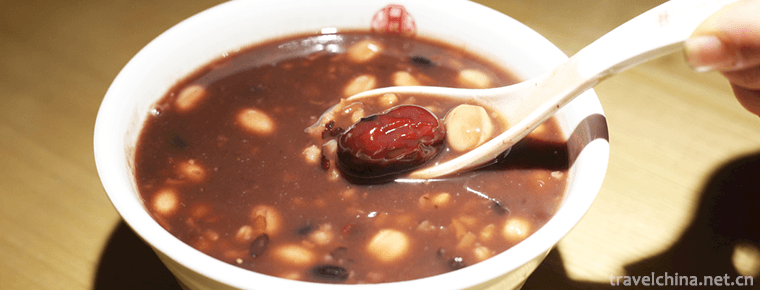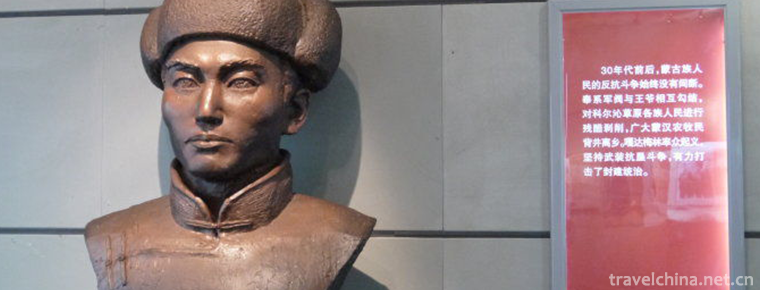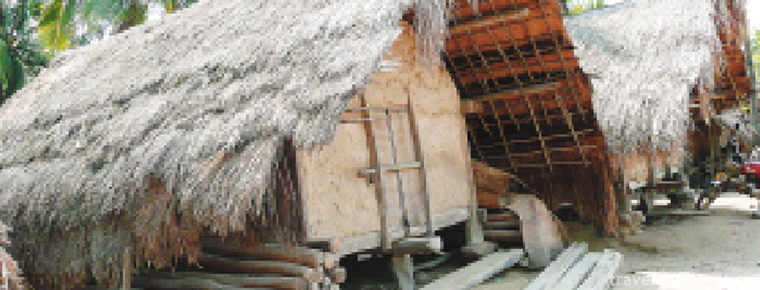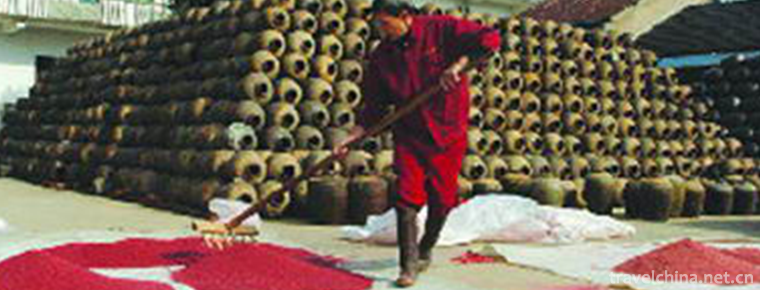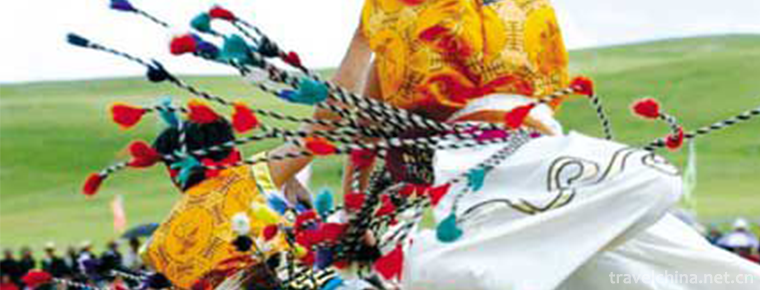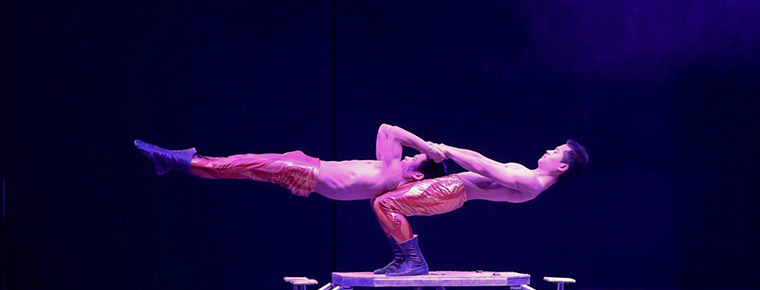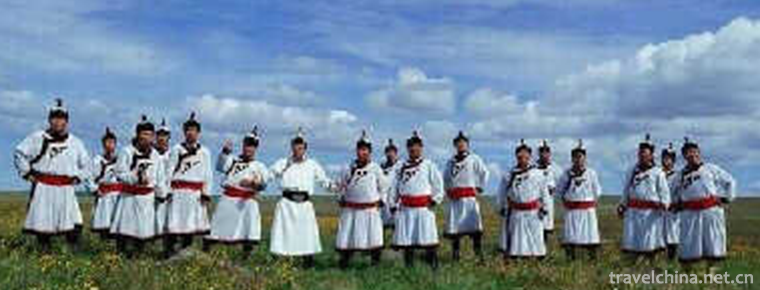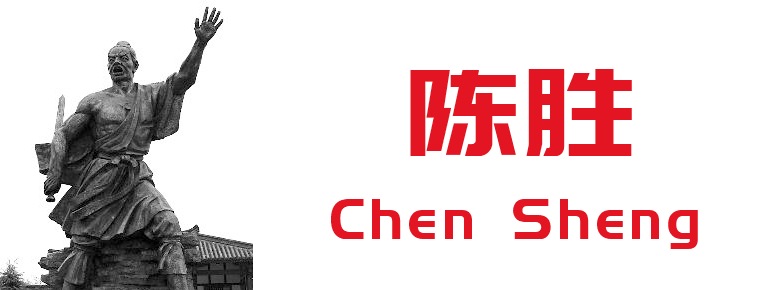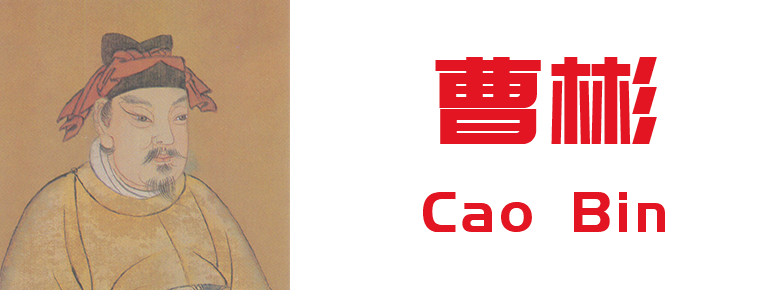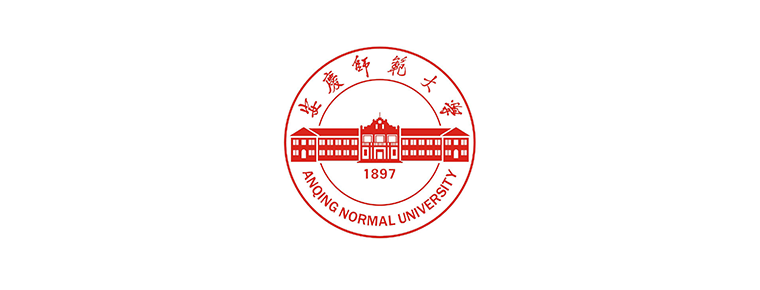Mounting and repairing techniques
Mounting and repairing techniques
The mounting and repairing technique of ancient Chinese characters and paintings is a kind of traditional Chinese handicraft. It is used for restoration and restoration of ancient calligraphy and painting treasures. Many paintings and calligraphy works of the past years have been damaged and broken because of improper preservation, falling off empty shells, or being damp and mouldy due to improper preservation. Most of these damages can be repaired, thus prolonging the life of the calligraphy and painting. This skill belongs to one of the national intangible cultural heritages.
brief introduction
In 2008, the mounting and repairing techniques of ancient calligraphy and paintings were included in 919_-136 items of the Second National List of Intangible Cultural Heritage.
One of the key problems for Chinese painting and calligraphy to be handed down from generation to generation is mounting and repairing. In the process of handing down ancient calligraphy and painting, due to poor collection and preservation, damp and mouldy, dirty, wormy bites, and natural aging of silk and paper will cause holes, decay and fracture in calligraphy and painting. If not repaired in time, it will affect the life and artistic value of ancient calligraphy and painting, and will rot and destroy once, However, the general collectors buy old calligraphy and painting, do not understand the importance of restoring old calligraphy and painting, we should know that ancient calligraphy and painting is a non-renewable work of art, if the restoration is not good, it will greatly discount, and even cause more serious damage to old calligraphy and painting, endanger the life of ancient calligraphy and painting, also weaken the art of ancient calligraphy and painting should have. Value. Today in museums, galleries, auctions and folk collectors, we can see that the ancient paintings and calligraphy of decades and centuries ago are masterpieces repaired and mounted by restorers.
The repair technology of ancient books is also called the binding repair technology of ancient books. Its history is closely related to the development history of books. Repairing damaged old books is a special skill. In order to do binding repair work, we should not only be familiar with the forms and editions of books of different dynasties, but also understand the paper, cover and binding style of each dynasty, and also have skilled skills. Repairing an ancient book often goes through more than a dozen processes, one trick and one style is extremely sophisticated, and the requirements for the personnel engaged in binding and repairing are almost harsh.
Origin
The art of painting and calligraphy mounting has a history of more than 2000 years, from the origin of silk painting in the Warring States Period and silk mural to the basic formation of silk painting axis in the Western Han Dynasty. From the archaeological data, the "Dragon Silk Painting of the Character" unearthed from the Chu Tomb of Hunan Warring States in 1973 provides valuable material for the study of the origin of painting and calligraphy mounting. Its "top horizontal edge is wrapped with a very thin bamboo strip, tied with brown silk rope." Later, on the silk paintings unearthed from No. 1 Han Tomb in Mawangdui, Changsha, it was further found that "a bamboo pole was wrapped around the top of the D-shaped silk paintings, tied with brown ribbons, and two lower corners of the middle and lower parts were all decorated with cylindrical ribbons made of fine linen thread." The above information can push the history of Chinese painting and calligraphy mounting to the Warring States Period more than 2000 years ago.
In the process of handing down ancient calligraphy and paintings, due to poor collection and preservation, dampness and mildew, stains, worms and rats bite, and natural aging of silk and paper will cause holes, decay and fracture in calligraphy and paintings. If not repaired in time, it will affect the life and artistic value of ancient calligraphy and paintings, which will rot and destroy once; However, the general collectors buy old calligraphy and painting, do not understand the importance of restoring old calligraphy and painting; we should know that ancient calligraphy and painting is a non-renewable work of art, if not restored well, it will greatly discount, and even cause more serious damage to old calligraphy and painting; endanger the life of ancient calligraphy and painting, but also weaken the art of ancient calligraphy and painting should have. Value. Today, in museums, art galleries, auctions and folk collectors can see decades, hundreds of years ago, the ancient paintings and calligraphy are repaired by restorers and mounted masterpieces. It can be seen how important the restoration of ancient paintings and calligraphy is to preserve cultural relics. Rehabilitation of ancient calligraphy and painting is a painstaking and delicate work with high difficulty, as well as a complex restoration technique.
Screens were prevalent in Qin and Han Dynasties. Screens were mounted to reinforce and protect them. Later, because of the need to preserve the paintings and calligraphy removed from the old screen, they developed into mounted paintings in a real sense. Hence, mounted paintings appeared in the Han Dynasty. Painting and calligraphy are mounted for protection and beauty. For emperors, they are mounted to show their dignity. In the pre-Qin Dynasty, there was a saying that "being the master, not beautiful or decorative, not enough for the people" (Xunzi Fuguo).
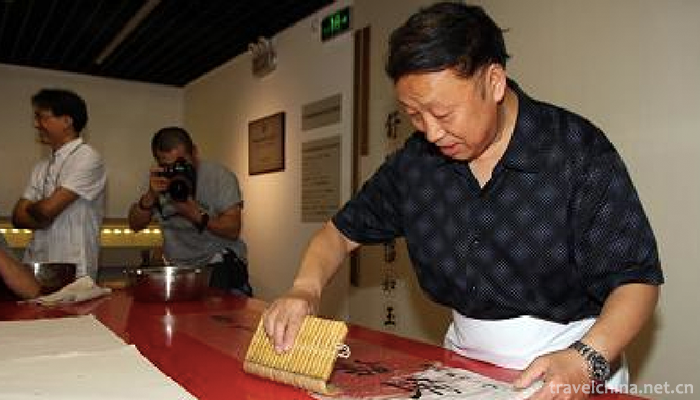
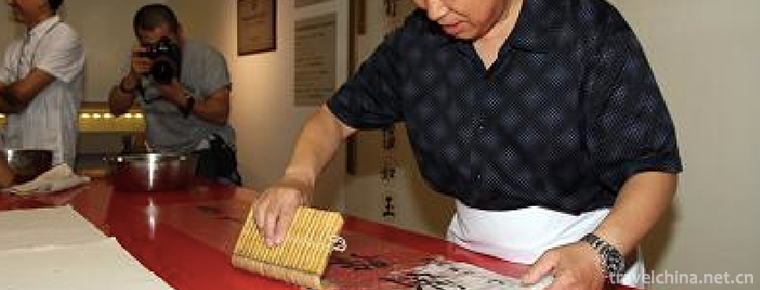
Mounting and repairing techniques
-
Yellow River Grand Canyon
The Yellow River Grand Canyon is located in Qingtongxia Town, Wuzhong City, Ningxia. It is 20 kilometers away from Wuzhong City. It is a scenic spot of the Yellow River Canyon composed
Views: 187 Time 2019-01-18 -
Meng Lianggu Tourist Area
Meng Lianggu Tourist Area is located at the junction of Mengyin County and Yinan County, Linyi City, Shandong Province. It belongs to the Mengshan Mountains System. It is said that Meng Liangzeng, a g
Views: 313 Time 2019-02-07 -
Babao black rice porridge
Babao black rice porridge is a traditional snack and a food for Laba Festival. Purple and black, soft and waxy, sweet and fragrant. Developed from Babao glutinous rice porridge, it has the function of
Views: 206 Time 2019-03-25 -
GA Da Meilin
Gadamelin (1892 - April 5, 1931), Mongolian, surname Molettu (translated into Chinese as Meng), Nadamud, Han name Meng Qingshan, also known as Yexi, Mongolian legendary hero. Born in Zhelimu League
Views: 98 Time 2019-04-30 -
Construction Techniques of Li Nationalitys Ship type House
The carrier of the excellent architectural skills of the Li nationality will inevitably fade out of sight in the fierce collision between traditional civilization and modern civilization. Today only a
Views: 278 Time 2019-05-12 -
Traditional Brewing Techniques of Brewing Wine
The traditional brewing technology of Jinhua liquor is the traditional handicraft technology of Jinhua City, Zhejiang Province. The typical representative and complete remains
Views: 154 Time 2019-06-07 -
Reba Dance
Reba dance is a form of dance performed by Tibetan "Reba" artists. Reba is a group of street artists who make a living selling arts (usually composed of family as the basic unit) performing,
Views: 203 Time 2019-06-11 -
Wuqiao acrobatics
Wuqiao acrobatics is a traditional folk acrobatics art in Hebei Province. Referring to the "acrobatics town" people are often referred to as Wuqiao County, Cangzhou City, Hebei Province. Acc
Views: 148 Time 2019-06-29 -
Congratulations
Congratulations, also eulogies, Mongolian folk literature form, China's national intangible cultural heritage. Praise is a traditional folk literature form of Mongolian nomadic people in northern Chin
Views: 228 Time 2019-08-10 -
Chen Sheng
Chen Sheng? In the first 208 years), Yangcheng (now Southeast of Dengfeng, Henan) To talk about southwest of Shangshui County in Henan today People. One of the leaders of the peasant uprising in the l
Views: 224 Time 2019-09-07 -
Cao Bin
Cao Bin (931 - 999 years), Zi Guohua, really decides Lingshou (now Hebei). Northern Song Dynasty The founding fathers.
Views: 191 Time 2019-09-15 -
Anqing Normal University
Anqing Normal University (Anqing Normal University), abbreviation of Anqing Normal University (AQNU), is located at National historical and cultural city Anhui Province Anqing City It is directly subo
Views: 96 Time 2019-11-07
